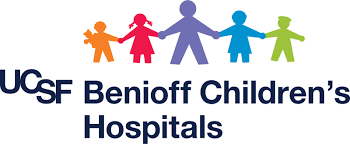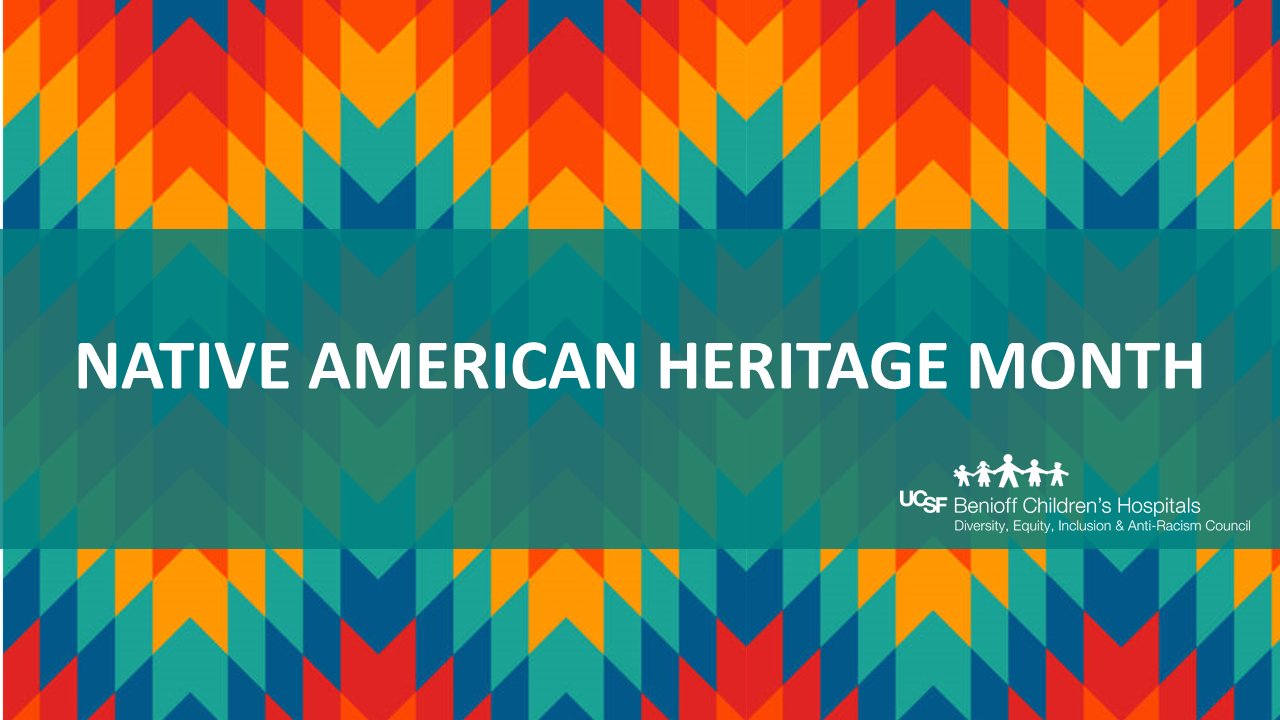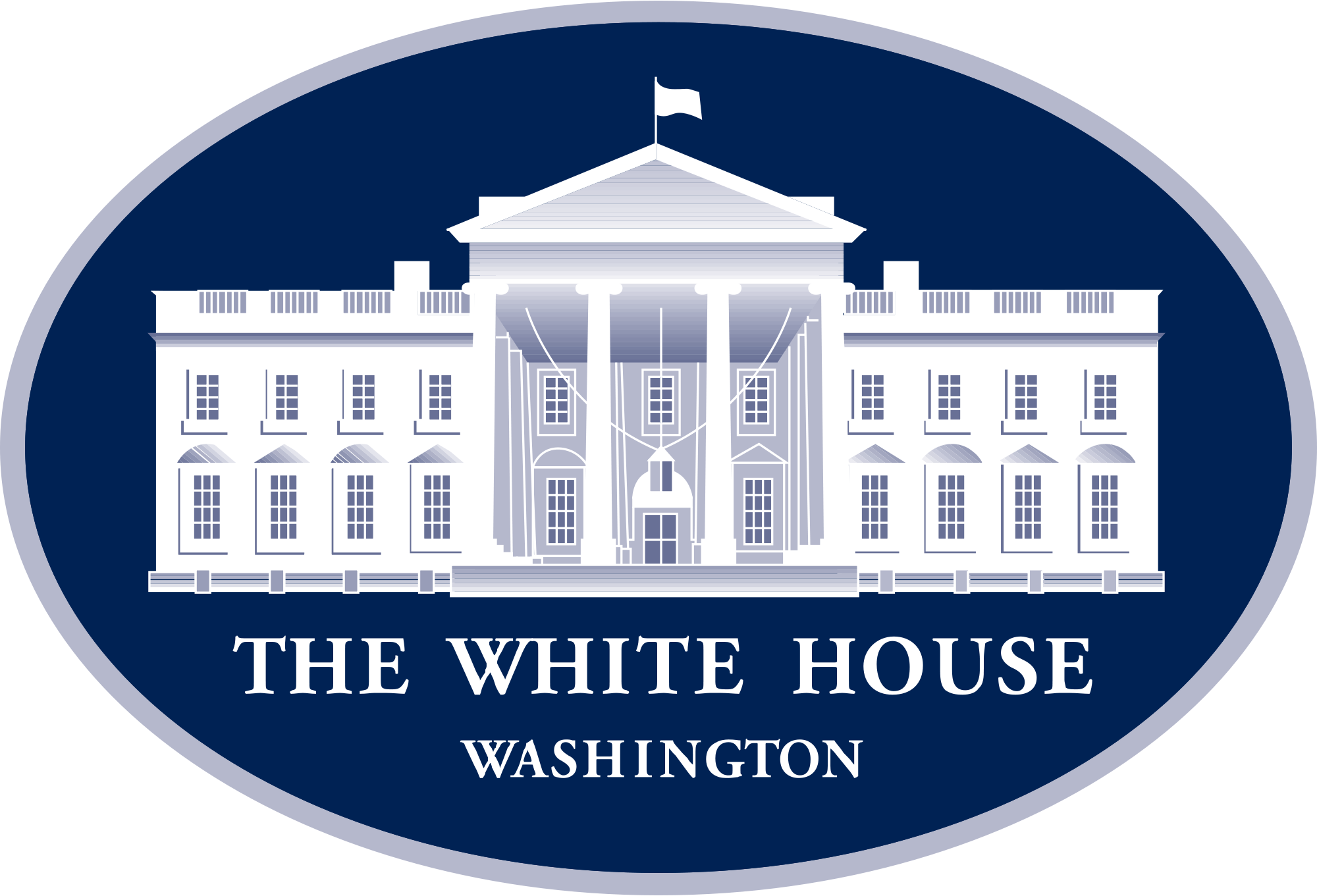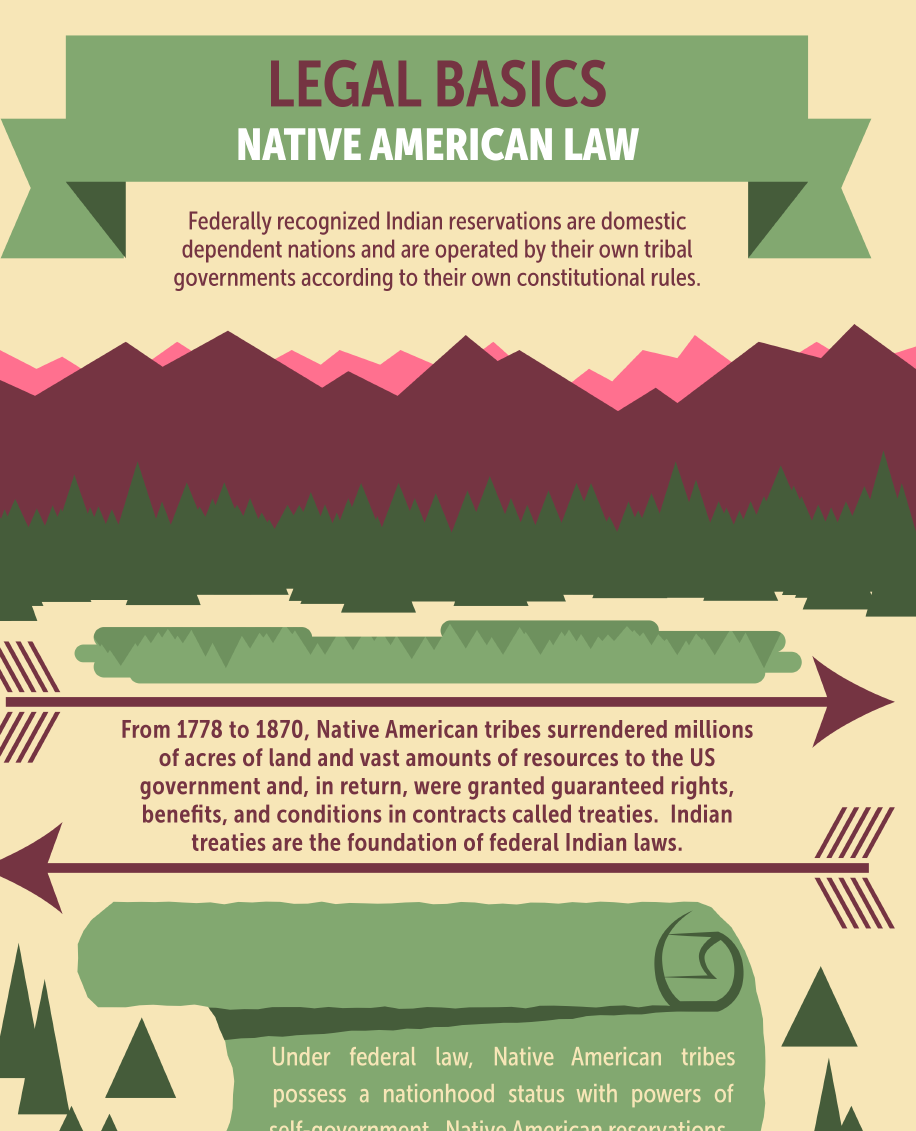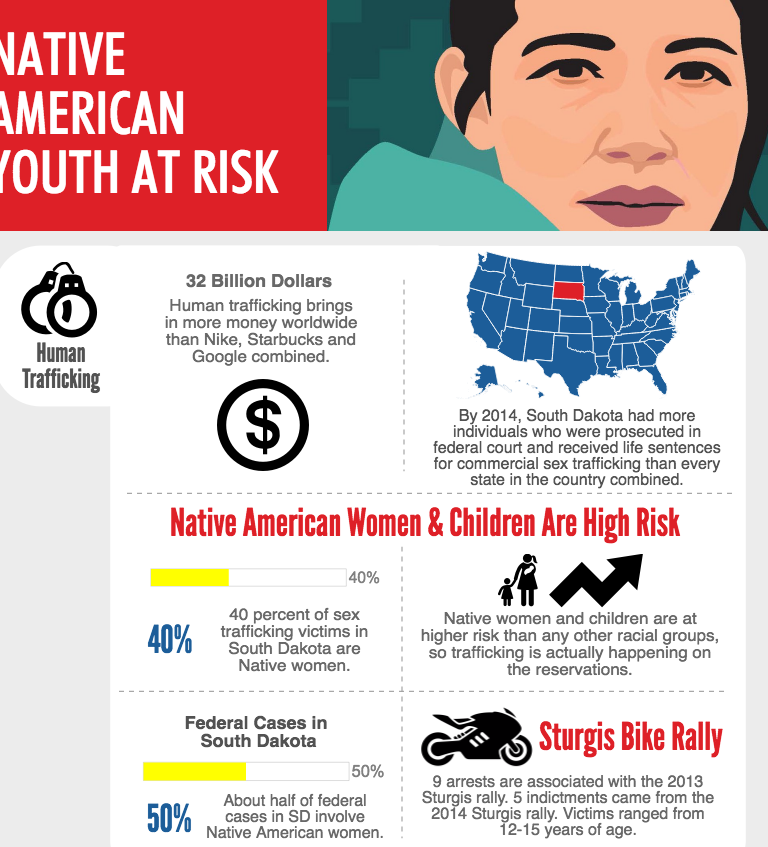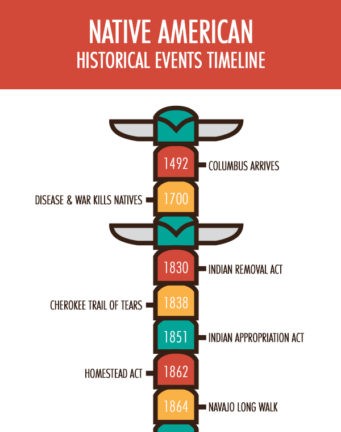Native American Heritage Month celebrates the rich and diverse cultures, traditions, and history and acknowledges the important contributions of American Indians and Alaska Natives in the United States. We encourage you to show your UCSF PRIDE by sharing your Indigenous/Native American heritage with your colleagues and friends. Here are a few ways you can share.
- Change your social media and Zoom profile picture to reflect your Native American/ Indigenous Heritage
- On Zoom use a virtual background showing your Indigenous/Native American Heritage (Bonus if the photo is one your took yourself)
- Add "Native American Heritage Month" and/or an image showing your Indigenous/Native American Heritage to your Email Signature
Native American Heritage Month Virtual Backgrounds
Download any of these virtual backgrounds and add them to your Zoom by following these steps:
- In the Zoom.us desktop client, go to 'Settings' as noted above and select 'Visual Background'.
- Using the (+) icon, upload your new background.
Fact Sheets and Infographics
UCSF EVENTS

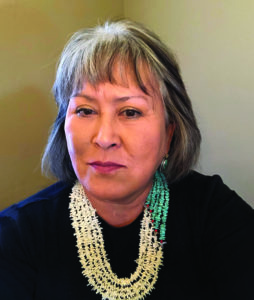
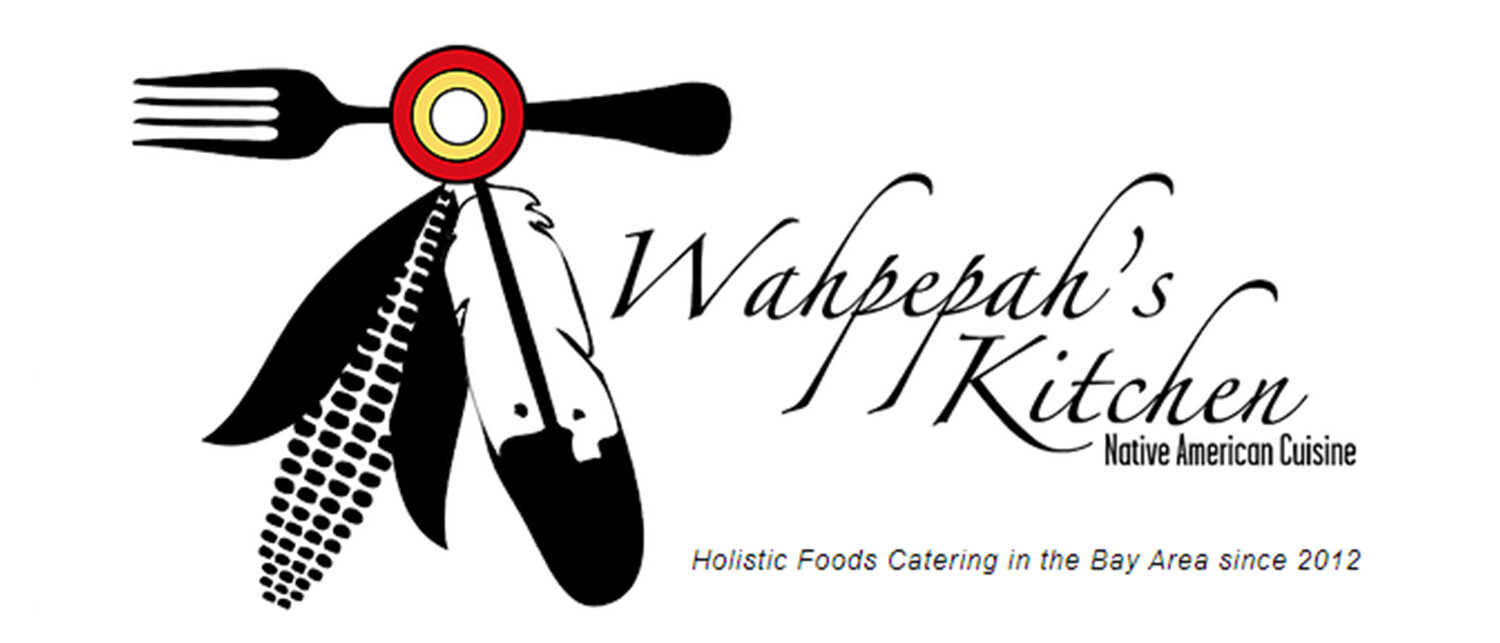
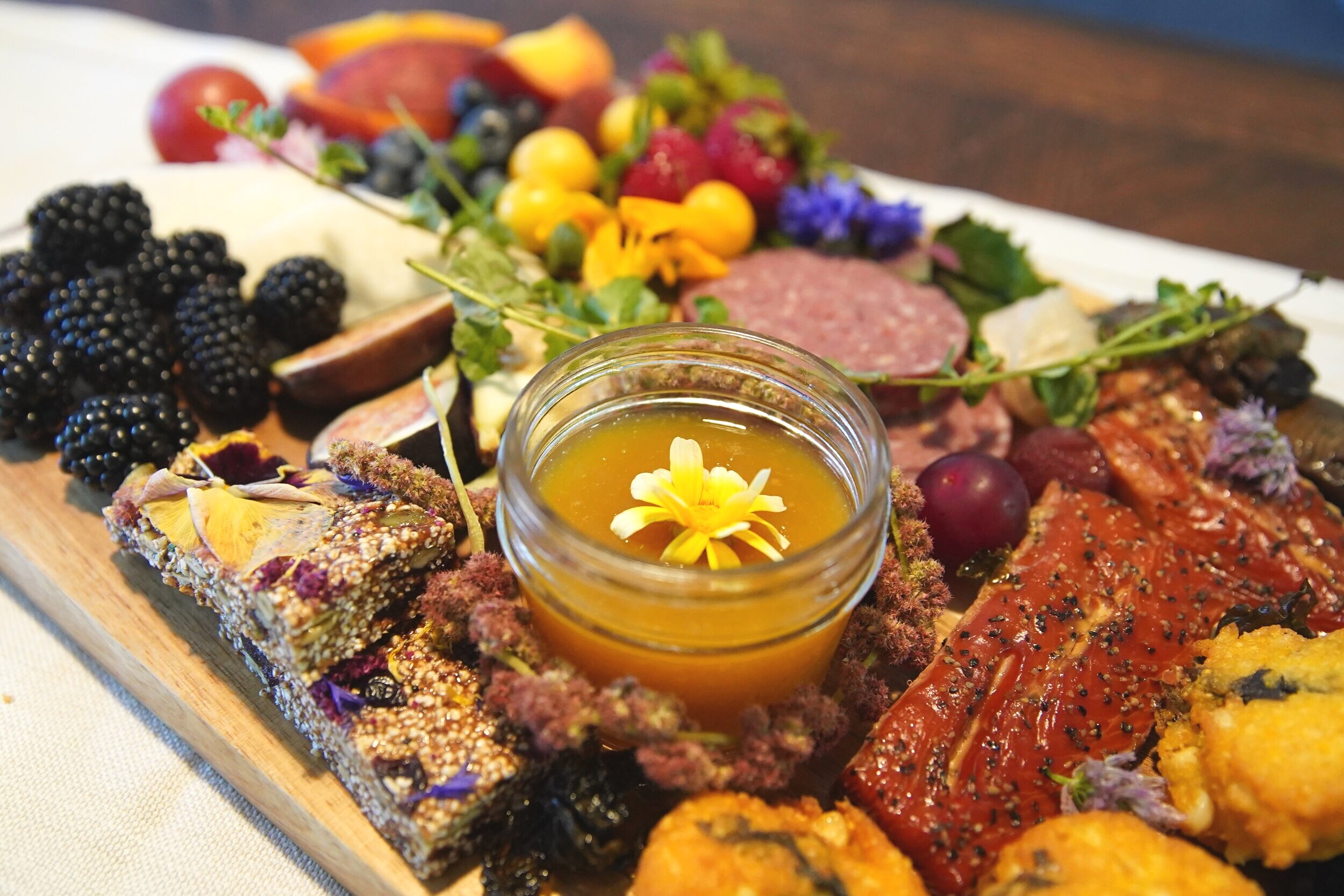
Land Acknowledgement of UCSF
Learn how to lead a Land Acknowledgement & how that is only the first step in being in solidarity with Indigenous peoples. Our Indigenous community + campus partners curated resources for learning and way to support local rematriation efforts here.
Multicultural Resource Center - Native American Heritage Month
Native Health Elective American Indian Physician Panel (Virtual)
Thursday, November 2nd, 2023 | 12:10-1:00 PM
Virtual
Please join the Native Health Elective, Association of Native American Medical Students (ANAMS), and the Native American Heritage Month Planning Committee 2023 at UCSF for this collaborative event to welcome you all for a virtual panel in honor of Native American Heritage Month 2023!
Registration
NAHM Lecture with Dr. Lori Alvord (Virtual)
Monday, Nov. 13th | 5:30 pm to 6:30 pm, Zoom
Please the Multicultural Resource Center, the Association of Native American Medical Students, the Native American Health Alliance and the Native American Heritage Month Planning Committee 2023 at UCSF for this collaborative event to welcome you all for a virtual webinar given by Dr. Lori Alvord, the first female Navajo surgeon and author of the Scalpel and the Silver Bear, in honor of Native American Heritage Month 2023.
Community Dinner ft. Wahpepah Kitchen (In-Person)
Wednesday, Nov. 15th | 5:30 pm to 7:00 pm
ODO Resource Center (Parnassus)
Please join the Native American Heritage Month Planning Committee and and the Multicultural Resource Center for an in-person community dinner with catering from Wahpepah Kitchen (Oakland, CA).
BAY AREA NATIVE AMERICAN RESOURCES
- Friendship House Association of American Indians, of San Francisco
- Intertribal Friendship House, Oakland
- Indian Valley Organic Farm & Garden
- International Funders for Indigenous Peoples
- Native American Health Center
- Native American Food Sovereignty Alliance
- Sogorea Te'Land Trust
- The Ohlone Territories
FUN FACTS
Native Lands
This map shows you what Indigenous lands you're living on. The crowd-sourced, interactive website mapping traditional territories of Indigenous people, treaties and language has grown to become so much more. The map was created by Victor G. Temprano, a Canadian who was "born in traditional Katzie territory and raised in the Okanagan" and who began work on the project in 2015. It currently covers the USA, Canada, much of Mexico, Australia, South Africa, and expanding amounts of territory in South America.
History of the Emeryville Shellmound
The Emeryville Shellmound was a highly remarkable historic, cultural, and sacred site established by Ohlone Indians over centuries of use from 500 B.C. to approximately 1700 A.D. These people were among the earliest inhabitants of the region now known as the San Francisco Bay Area. They built their villages on the mound and buried their dead, creating, over the centuries, a sixty foot high mound with a diameter of about 350 feet. This significant site functioned holistically in both the secular and sacred realms, and as such, should not have been disturbed, but honored as a place set apart from the mundane world.
Muwekma Ohlone Tribe of the San Francisco Bay Area
The present-day Muwekma Ohlone Tribe is comprised of all of the known surviving American Indian lineages aboriginal to the San Francisco Bay region who trace their ancestry through the Missions Dolores, Santa Clara, and San Jose; and who were also members of the historic Federally Recognized Verona Band of Alameda County. The aboriginal homeland of the Muwekma Ohlone Tribe includes the following counties: San Francisco, San Mateo, most of Santa Clara, Alameda, Contra Costa, and portions of Napa, Santa Cruz, Solano and San Joaquin. This large contiguous geographical area, which historically crosscuts aboriginal linguistic and tribal boundaries, fell under the sphere of influence of the aforementioned three missions between 1776 and 1836. The missionization policies deployed by the Catholic Church and militarily supported by the Hispanic Empire, brought many distantly related, and in some cases, already inter-married tribal groups together at the missions.
Sacred Land Film Project
The Sacred Land Film Project tells inspiring stories of indigenous peoples' resistance to the destruction of their sacred sites and cultures.
Since 1984, Earth Island Institute’s Sacred Land Film Project has produced a variety of media and educational materials — films, videos, DVDs, articles, photographs, reports, school curricula materials and Web content — to deepen public understanding of sacred places, indigenous cultures and environmental justice.
Our mission is to use film, journalism and education to rekindle reverence for land, increase respect for cultural diversity, stimulate dialogue about connections between nature and culture, and help protect sacred lands and diverse spiritual practices.
Project 562
Created by Matika Wilbur, Project 562 is a multi-year national photography project dedicated to photographing over 562 federally recognized tribes in The United States resulting in an unprecedented repository of imagery and oral histories that accurately portrays contemporary Native Americans. This creative, consciousness-shifting work will be widely distributed through national curricula, artistic publications, exhibitions, and online portals.
Matika has visited members of over 300 sovereign nations throughout 40 states, from Tlingits in Alaska to the Pimas in Arizona, Pomos in California to Wampanoags on Cape Cod. Through her lens, we are able to see the diversity, vibrancy, and realness of Indian Country, and in seeing, challenge and surpass stereotypical representations and refresh the national conversation about contemporary Native America.
NATIVE AMERICAN HEALTH DISPARITIES
Native American Health Disparities Data
- OMH - Native American Heritage Month
- OMH Minority Population Profiles: American Indian/Alaska Native Health
- CDC - Celebrate Native American Heritage Month
- CDC MMWR: COVID-19 Among American Indian and Alaska Native Persons
- CDC NCHS: Health of American Indian or Alaska Native Population
- CDC NCHS: Health Disparities in HIV/AIDS, Viral Hepatitis, STDs, and TB
- CDC Public Health Information for Tribes: Chronic Diseases
- CDC Vital Signs: Native Americans with Diabetes
- Indian Health Services (IHS) Indian Health Disparities Fact Sheet
- U.S. National Library of Medicine, MedlinePlus - American Indian and Alaska Native Health
UCSF Battles COVID-19 in Navajo Nation
- UCSF Health Care Workers to Serve in Navajo Nation by Scott Maier, April 22, 2020
- UCSF sends doctors and nurses to largest Native American reservation, hard-hit by cornoavirus by Mallory Moench, SF Chronicle, April 23, 2020
- UCSF Sends Second Wave of Health Workers to Navajo Nation by Nicholas Weiler, May 21, 2020
- Lending a Hand in the Navajo Nation by Susan Godstone and Anny Brody Guy
- These doctors and nurses volunteered to battle COVID-19 in the Navajo Nation, and came back with a warning by Christina Farr, CNBC, July 12, 2020
- Working Together - UCSF at Tséhoostsooi Medical Center
Resources and Publications
- CDC American Indians and Alaska Natives High Risk of Flu Complications Infographic
- CDC and Indian Country Working Together Booklet
- CDC Tribal Health
- CDC National Center for Chronic Disease Prevention and Health Promotion: Healthy Tribes
- CDC National Diabetes Prevention Program
- CDC Native Americans with Diabetes
- Indian Health Service (IHS)
- IHS Special Diabetes Program for Indians
- National Indian Health Board
- MedlinePlus American Indian and Alaska Native Health
- OMH Knowledge Center Online Catalog – AI/AN Health Resources
- SAMHSA Office of Tribal Affairs and Policy
- Urban Indian Health Institute
- USDA Tribal Programs and Services
- White House Initiative American Indian and Alaska Native Education
Articles
- Native Americans: A Crisis in Health Equity by Mary Smith, American Bar Association
- How 'Indian Relocation' Created Public Health Health Crisi, by Melissa Walls, Bloomberg News, December 2, 2019
- More Native American Doctors Needed to Reduce Health Disparities in Their Communities by Tom Marcinko, AAMC News, November 13, 2016
